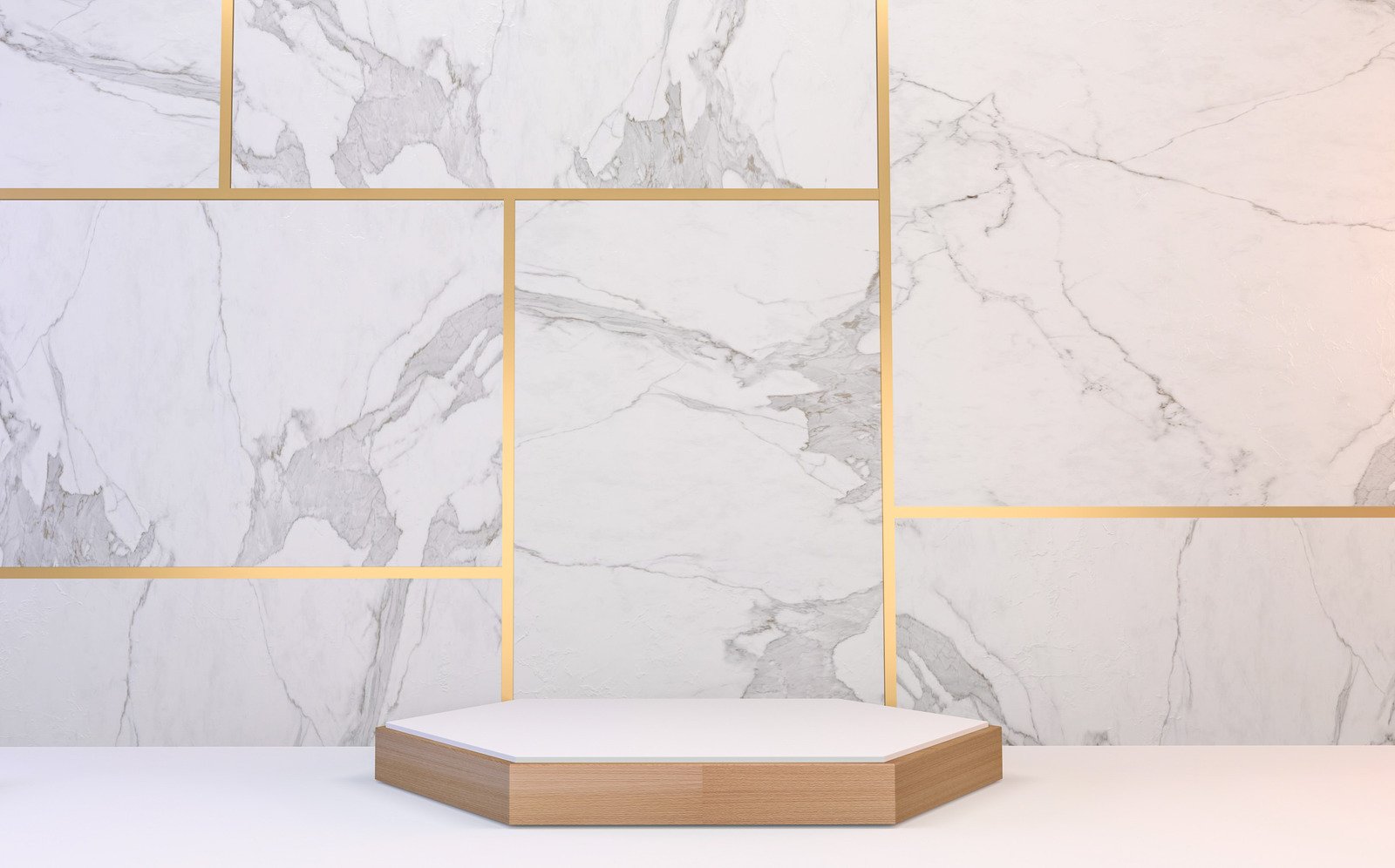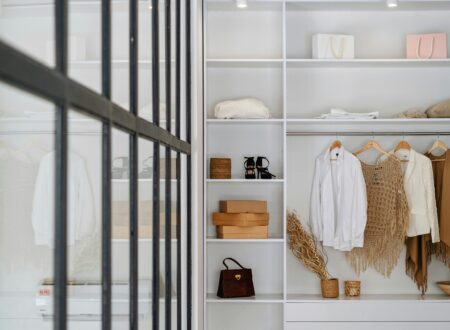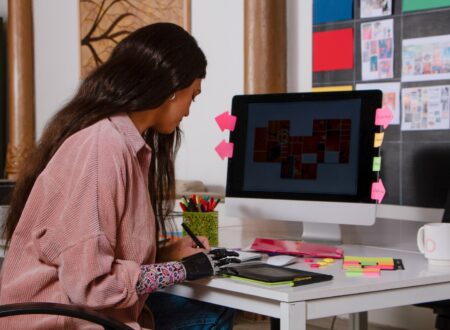Introduction to Design Trends
Design is a dynamic field that constantly evolves, reflecting both cultural shifts and technological advancements. As we step into a new era, certain trends are emerging that promise to redefine aesthetics in various industries. Whether you’re an aspiring designer or simply someone who appreciates beautiful spaces and products, keeping an eye on these developments can inspire creativity and innovation.
From minimalist approaches that emphasize simplicity to vibrant colors that make bold statements, the design landscape is buzzing with fresh ideas. Sustainability has taken center stage as consumers demand eco-friendly solutions. Technology continues to reshape how we interact with design, making our experiences more immersive than ever before.
Let’s explore the key trends shaping the future of aesthetics—trends that not only influence visual appeal but also reflect broader societal values and preferences. Dive in as we unpack what’s hot right now and what could be on the horizon for designers everywhere!
The Rise of Minimalism
Minimalism is more than a design choice; it’s a lifestyle. In today’s fast-paced world, many are seeking simplicity and clarity in their surroundings. This trend strips away the excess to focus on what truly matters.
Clean lines and open spaces create a sense of calm. The aesthetic embraces neutral colors, allowing natural light to play an essential role in enhancing the overall feel.
Functionality becomes paramount as every piece serves a purpose. Furniture transforms into art while maintaining practicality, encouraging thoughtful consumption.
This shift also reflects broader societal values—mindfulness and intentionality now take center stage. Minimalist designs invite individuals to engage with their environments meaningfully.
As we navigate through cluttered lives, minimalism offers respite—a breath of fresh air amidst chaos that resonates deeply with many today.
Embracing Sustainability
Sustainability is no longer just a buzzword; it’s a vital principle shaping modern design. As consumers become more eco-conscious, designers are rethinking materials and processes to minimize environmental impact.
Natural materials like bamboo, reclaimed wood, and recycled metals are gaining popularity. These choices not only reduce waste but also offer unique textures and stories that resonate with users.
Moreover, energy-efficient designs are making waves in architecture and interiors. Solar panels, green roofs, and smart home technologies help create spaces that harmonize with nature while reducing carbon footprints.
Brands are also prioritizing transparency in their sourcing practices. Consumers appreciate knowing where products come from and the ethics behind them.
This shift towards sustainability is not merely about compliance; it reflects a deeper understanding of our interconnected world. Designers who embrace this ethos will likely lead the way into a greener future.
Incorporating Technology
Technology is revolutionizing the design landscape. From augmented reality to artificial intelligence, it’s reshaping how we create and interact with aesthetics.
Imagine using AR to visualize furniture in your space before making a purchase. This technology enhances decision-making, making it easier for consumers to envision their ideal environments.
Moreover, AI-driven tools help designers analyze trends and consumer preferences quickly. By leveraging data analytics, they can craft personalized solutions that resonate with clients on a deeper level.
Interactive designs are also gaining traction. Users want experiences that engage them actively rather than passively consuming information. Incorporating elements like motion graphics or responsive layouts transforms static visuals into dynamic interactions.
The fusion of design and tech opens new doors for creativity while pushing boundaries previously thought insurmountable. As we embrace these advancements, the possibilities seem endless.
Bold and Bright Colors
Bold and bright colors are taking center stage in design. They evoke emotion and create striking visuals that draw people in.
Gone are the days of muted palettes dominating interiors and branding. Designers now embrace vibrant hues to make impactful statements. From deep blues to vivid pinks, these colors energize spaces, making them feel alive.
This trend extends beyond walls and textiles; it influences product designs as well. Bright color accents on gadgets or accessories can transform an ordinary item into a conversation starter.
Incorporating bold shades can also enhance user experience by guiding attention where it’s needed most. It’s not just about aesthetics; it’s about creating a dynamic interaction with the audience.
As we move forward, expect to see even more experimentation with unexpected color combinations that challenge traditional norms. The future is definitely looking colorful!
Personalization and Customization
Personalization and customization are revolutionizing design, making it more relevant to individual needs. Today’s consumers crave unique experiences that reflect their personal style.
Brands are now offering products tailored to specific tastes. This shift allows users to feel a deeper connection with what they purchase. Whether it’s choosing colors for home decor or selecting features in tech gadgets, the options seem endless.
Digital tools play a crucial role in this trend. Augmented reality apps let customers visualize how a product fits into their lives before buying. This immersive experience fosters engagement and satisfaction.
Moreover, personalization extends beyond aesthetics. It embraces functionality as well, allowing users to create designs that serve their lifestyle better. As preferences evolve, so will the opportunities for brands willing to adapt and innovate in this space.
Conclusion: Staying Ahead in the Ever-Evolving World of Design
As we move forward, the landscape of design continues to shift in fascinating ways. Staying informed about emerging trends is crucial for anyone involved in creative fields. Minimalism remains a strong contender, offering clarity and focus in an increasingly chaotic world.
Sustainability isn’t just a trend; it’s becoming a necessity. Consumers are more aware than ever of their environmental impact and expect brands to reflect those values.
The integration of technology into design opens up endless possibilities for innovation. From augmented reality experiences to smart materials, designers have new tools at their disposal.
Bold colors are making waves too, injecting energy into spaces that might otherwise feel stagnant. These vibrant choices can evoke emotions and set the mood instantly.
Personalization allows individuals to express themselves uniquely through design choices that resonate with them personally.
By keeping an eye on these evolving trends, you can ensure your work remains relevant and engaging in this dynamic field. The future holds exciting opportunities for those willing to adapt and embrace change as they navigate the ever-evolving world of design.





